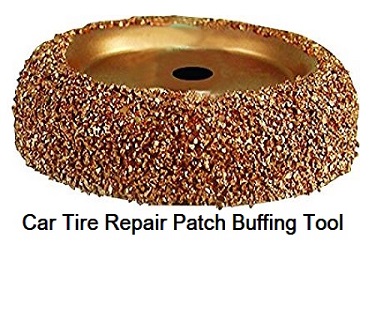Complete Guide to Car Tire Repair
Proper car tire repair is more important than ever before. In this comprehensive article we’ll discuss why this remains the case today, yet becomes more important heading into the future. In addition, we’ll talk about the different ways to approach tire repair on modern automobiles. Although you’ll find car mechanics still plugging tires like they did years ago, the methods and materials used have advanced. Finally, we’ll talk about the right way to fix a tire that returns its condition and more importantly the reliability to like new condition.
Why Car Tire Repair is Important
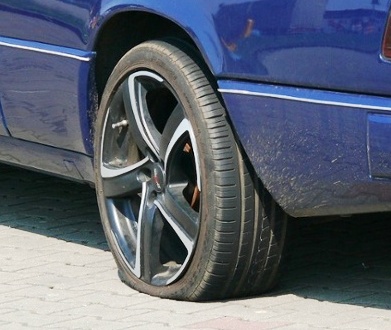
If you think tires seem more expensive today than 30 years ago, even with a cost of living adjustment, you’re correct. The cost of the raw materials used to manufacture the tires along with stricter industry regulations continues to push prices higher.
Tire companies also produce and hold more stock on hand thanks to an increase in sizes and aspect ratios of the factory installed rubber. Twenty years ago, 14 and 15 inch tires in a 70s series aspect ratio ruled the roads. Now 17 inch through 19 inch tires in a 60 series size, dominate the newer automobiles. Tire manufacturers like Goodyear, Firestone and Bridgestone need to continue making tires for the older cars as well as the newer ones.
Now that we understand why tire prices keep going up and will continue to do so, let’s talk about fixing one instead of replacing it. When you run over a nail you have several options of how to proceed. You could replace the tire, but this becomes the most expensive option. In addition, now you have one newer tire mixed with the older ones. In the tire repair category, we could plug the hole or patch it.
You can probably guess which one I prefer. Not only is a patch a better solution, it restores the reliability to almost new condition. When the repair is properly made from the inside it becomes a longer-lasting solution than a plug. In the next section let’s talk about plugging a tire and when this makes a lot of sense.
When to Plug a Tire and When Not To
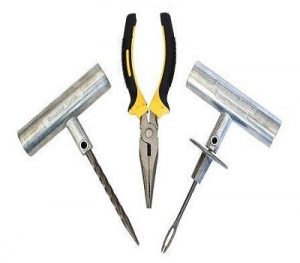
Let’s use the most common scenario of tire damage as an example of when to plug a tire and when not to. Getting a nail or screw through the tread area remains the most common type of damage. It makes sense because this area contacts the road.
This remains the strongest and thickest area. In most cases the tread area measures five times thicker than the sidewall of that same tire. Therefore, if the nail goes through the center tread this makes a perfect candidate for tire repair.
If the damage shifts out towards the edge or what we call the shoulder then we don’t recommend repair. Mechanics say this, because the shoulder area of the tire flexes and reduces the reliability of a plug or patch. Finally, any damage in the sidewall should never be repaired.
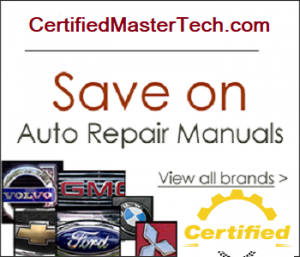
Even nicks and bubbles in the sidewall point to a tire that needs replacing. Now we can get back to the question of when to plug the tire. Plugging a tire makes great sense when the damage occurs in the tread contact area.
It even makes more sense than an inside patch if it’s worn past 50 percent. A tire plug when properly installed remains a temporary solution.
This even applies to the latest self vulcanizing plugs installed by a technician who knows what they’re doing. We say temporary, because the plug continues to harden and starts to leak within a year or two. This is why tire professionals recommend an inside patch on automobiles with a lot of tread remaining.
How to Plug the Tire
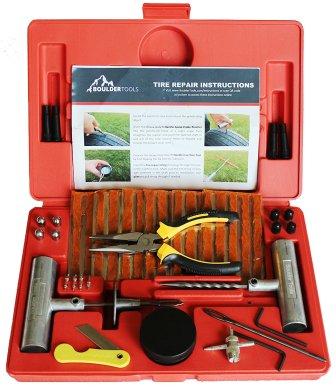
If you notice a tire repair kit comes with a few tools and the self vulcanizing plugs. Even the smallest kits still come with two separate tools to prepare the hole to accept the plug. Despite advances in tire manufacturing, they still use the steel belted radial design. This means that actual steel belts become embedded in the rubber during the manufacturing process.
If you pull out the nail or screw and insert the plug with the installer though the steel belts, they will eventually cut through the plug. Therefore, the other tool that looks like a round file gets inserted into the hole to file down the metal edges of the steel belts. We call this rasping the whole.
Then we hook the self vulcanizing plug into the installer tool. Next we dip the tip of the installer tool into a specially formulated silicone tire lube. This allows the tool to enter the rubber hole smoothly and at the same time installs the plug without any damage. After the installer tool becomes inserted completely it’s then quickly pulled out of the hole, leaving the plug to expand and fill the void.
How to Install an Inside Tire Patch
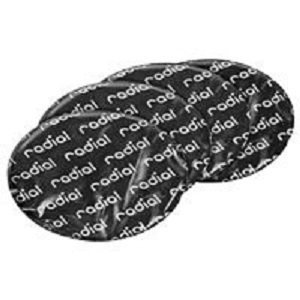
After evaluating a tire and deciding that it’s worth saving an inside patch procedure is recommended by most tire manufacturers and professional mechanics. The process begins with removing the tire from the wheel. At this point we remove the nail or screw so we can inspect the damage from the inside. As with the installation of the plug, we rasp the hole.
Many inside patches use a plug stem to hold it in place. This makes the procedure of pulling the patch into place similar to the plug procedure explained above. However, before they apply the patch the mechanic conditions the inside of the tire to accept the installation of the patch. A brass buffing wheel is used to remove the shiny glaze from the inside surface. This also removes any lumps or manufacturing inconsistencies formed in the molding process.
With the inside surface properly prepared, technicians apply rubber cement to the inside surface of the tire and to the inside surface of the patch. This is self vulcanizing rubber contact cement. In other words a chemical reaction occurs when the glue touches itself and actually welds the rubber in place. Another thing to mention, the air inside the tire pushes out against the patched area holding it in place even further. Finally, these tires need balancing after this procedure.
When Not to Repair a Tire
If you noticed in this article we use an example of the most common tire damage. This is when a screw or a nail goes through the center tread area. Unfortunately, damage can occur from other types of road debris. Some of this debris makes such a large hole or causes so much damage that we should only replace the tire in those situations. As an example, a customer came in with a railroad spike through the center tread. I refused to patch the tire because of the size of the hole.


